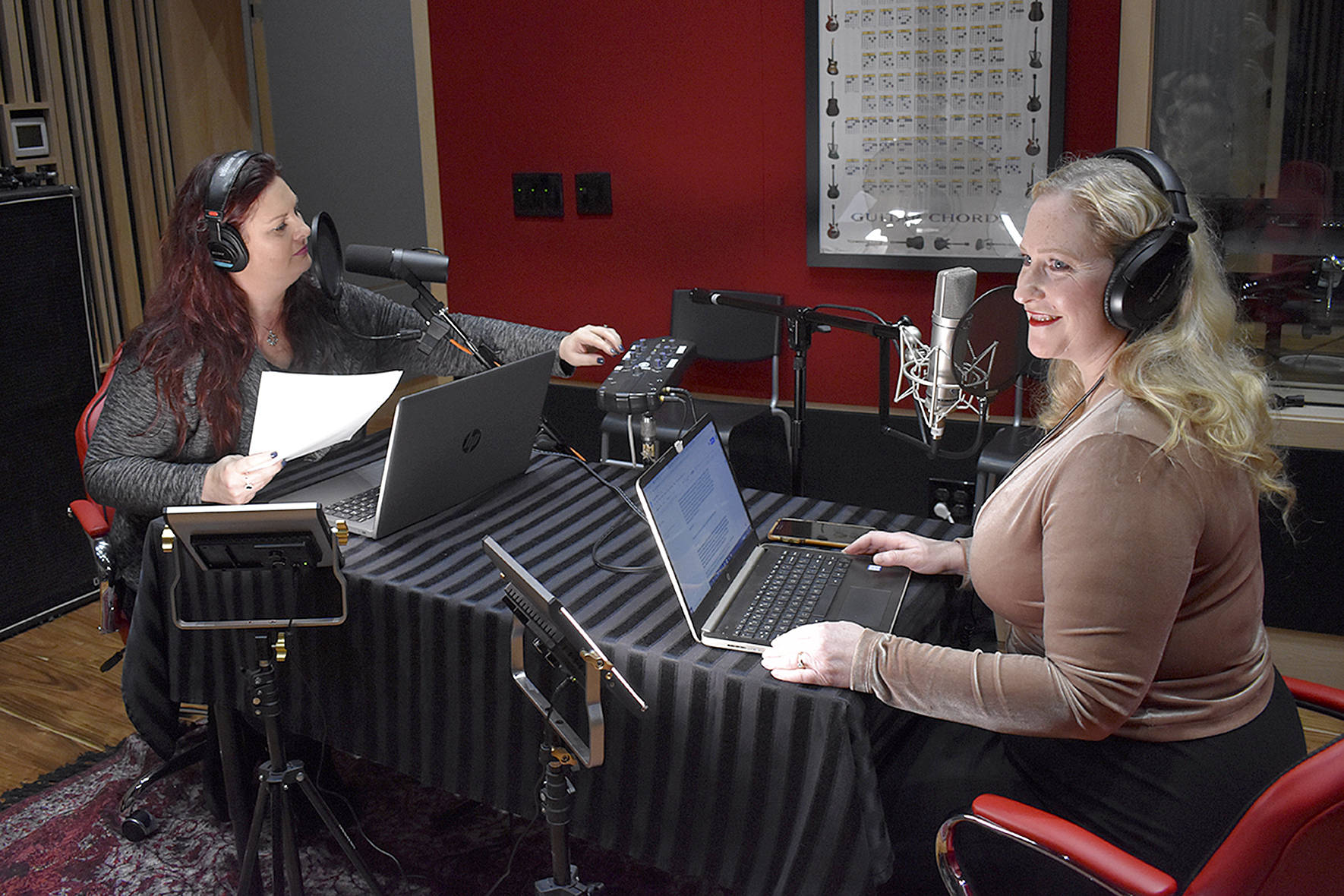“I’d rather die than see bad jazz dance” were the exact words a friend uttered when I invited him to accompany me to Spectrum Dance Theater’s recent “Hottest Thing This Winter” concert. His conviction impressed me. Many people don’t know or even care if what they are seeing is good or bad dance. They “like” a concert, or they “hate” it. Some are reluctant to question their response to popular dance for fear of being labeled a snob; this friend of mine wants to experience Art, and dance in this particular instance, as something to mull over, a series of unforgettable images with haunting metaphors. Spectrum only offers eye candy.
Spectrum Dance Theater
UW campus, Meany Hall
January 15-16
I am tempted to like Spectrum because the company is so “nice,” and because there is no blatant reason to dislike it. Its offerings come in colorful packages, taste sweet at first, and elevate the blood sugar—but ultimately they let you down with a thud. Spectrum is not bad enough to be good or good enough to be great. It’s mediocre, which is almost worse.
There is, however, potential for improvement. “The Hottest Thing ” highlights artistic director Dale Merrill’s eclectic aesthetic range: realism to abstract modernism and theatrical entertainment. But the dancers are not skilled in presenting these stylistic distinctions. Each of the 11-member company possesses enough technical facility to execute steps, yet (with the exception of veteran performer Stanley Perryman) they tend to gloss everything over. The Latin salsa in Danny Buraczeski’s Fuerza Viva and the funky mugging in Ann Reinking’s Nilsson Schmilsson are performed with an inappropriately bouncy effervescence—not quite as suspect as, say, “Up with People!”, but equally one-dimensional. I wanted them to work harder, to delve deeper into stylistic nuances, and drop their weight. Dancer Nick DeSantis has his moments, especially in Fuerza Viva, of raw abandon as he leaps and lunges through the air. But, as with all the dancers, an invisible damper descends as if a voiceover remonstrates, “Now, now, let’s not get too carried away here.”
In Reinking’s tongue-in-cheek Nilsson Schmilsson, the dancers mime Harry Nilsson’s lyrics about bellyaches and heartaches like a gang of good-natured sorority sisters and frat brothers gathered for a car wash. Perryman alone exposes the sleaze within this Fosse-inspired choreography. He’s twice the age of his twentysomething colleagues, with a stellar performance r鳵m鮠The other dancers would do well to study his suggestive hip thrusts and smol- dering isolations. While Perryman’s anomalous presence contributes to the depth of the company, this 1:10 ratio of talent reveals an imbalance that turns unintentionally comedic in a duet section of the work. Perryman’s cool-guy charisma resigns Hugo Vilardell to sidekick status. The rest of the cast struggles with the whole sex appeal thing. Still, on opening night the audience stomped and hollered for an encore. People obviously “liked” it—a lot.
Margo Sappington’s Chairman Dances, a cascading, abstract, modern work set to John Adams’ tumultuous score for piano and brass, came off as surprising and refreshing. Visually, the piece is gorgeous. Ten dancers, all dressed in lavender or cornflower blue chiffon Mao jackets, move through complex themes and variations on the style of Grand Wu T’ai Chi under watery, soft-focus lighting by Michael Wellborn. The work’s introspection allows the dancers to concentrate on a liquid, rather than staccato, quality of movement. For this one piece on the program we are spared the “Sell it, baby!” attitude that only succeeds if the dancers truly have something worth buying.




